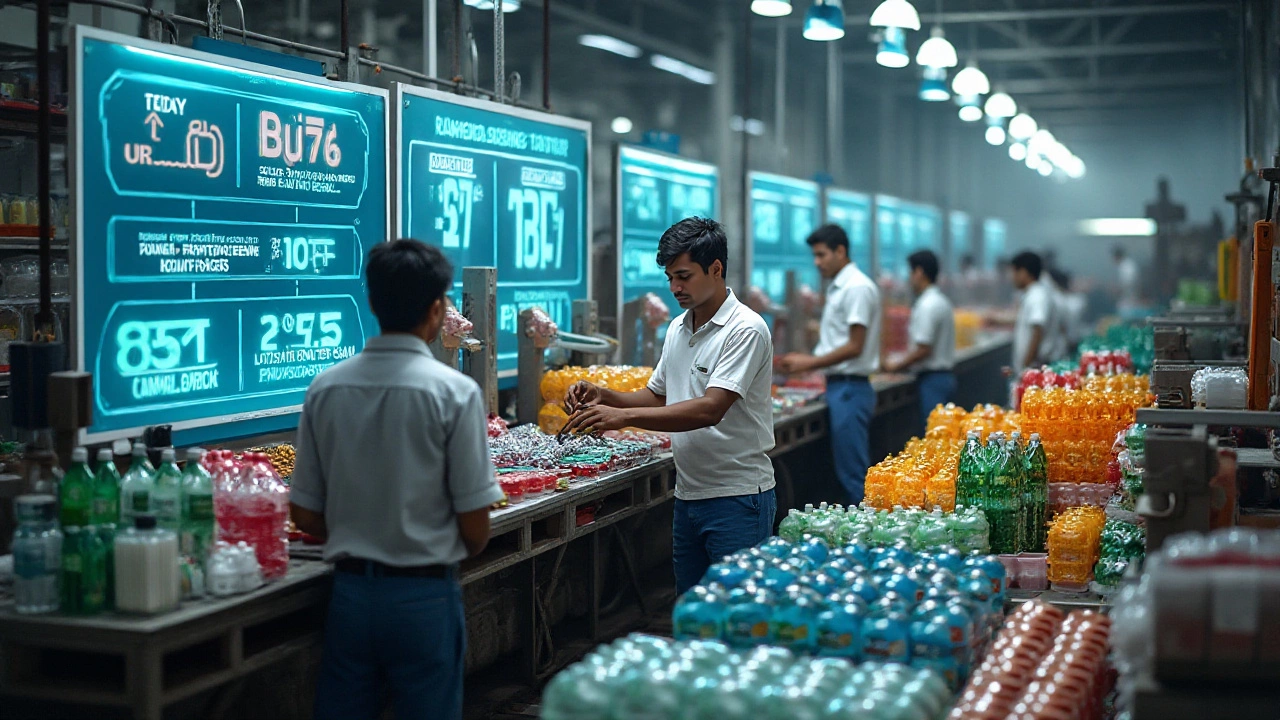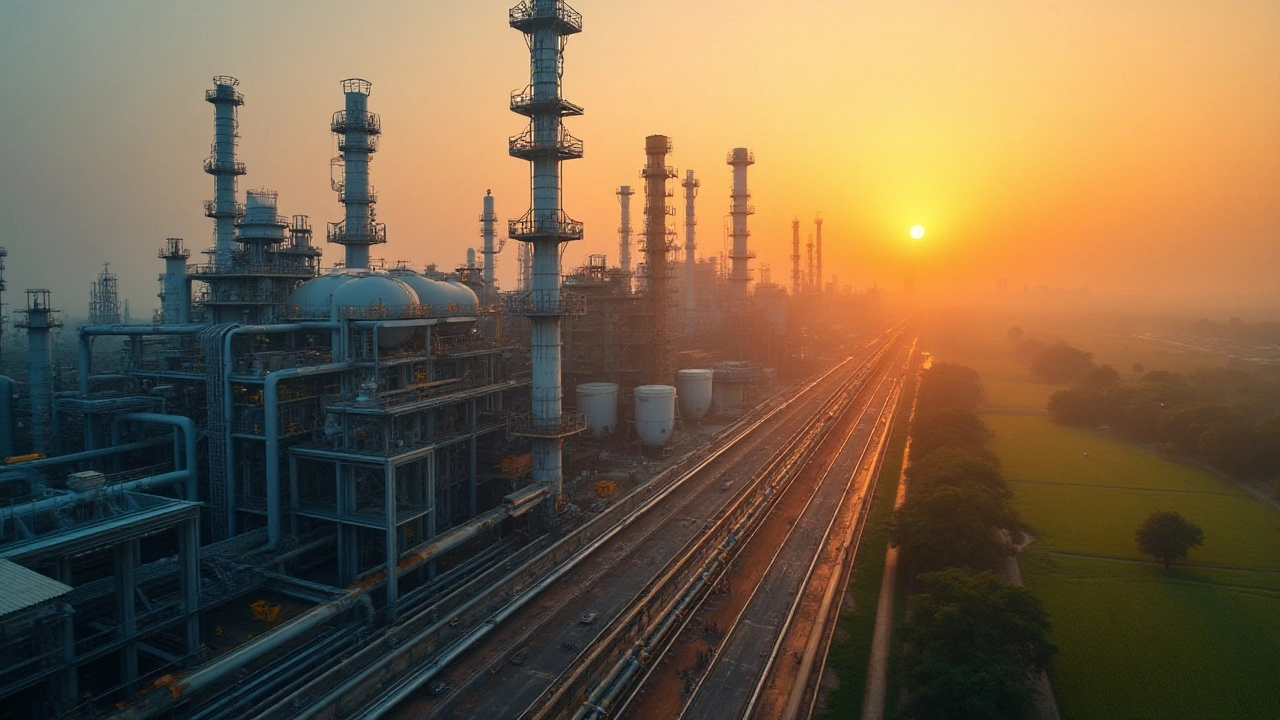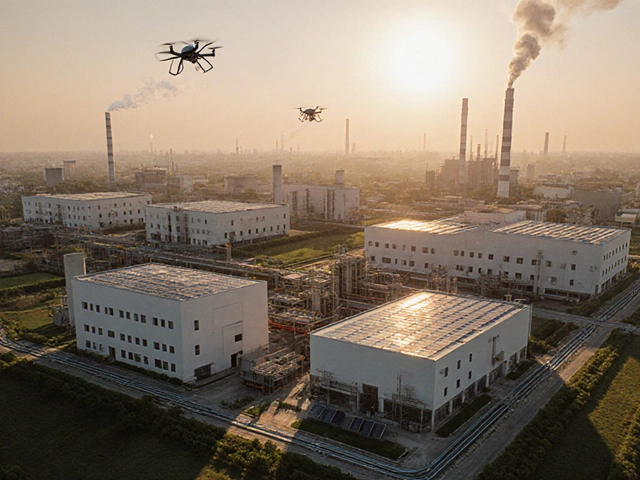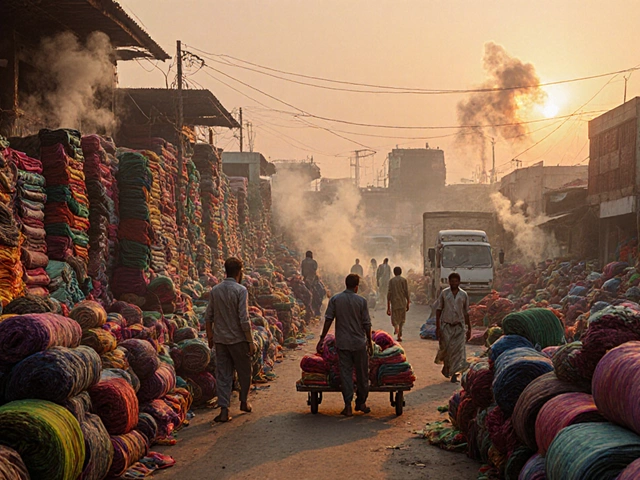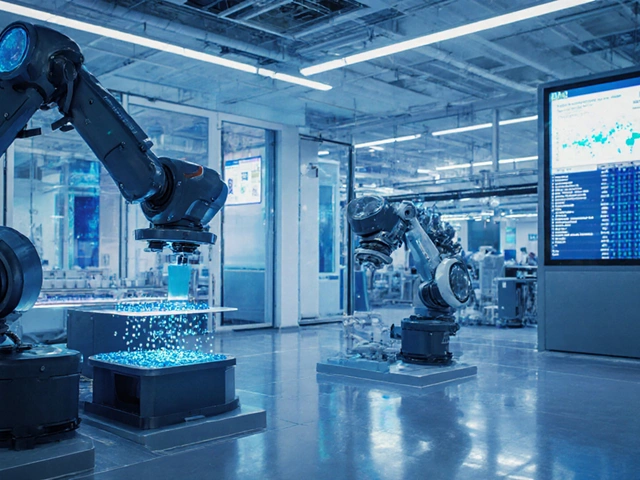Plastic Production: What You Need to Know Right Now
If you’re curious about how plastic gets from raw resin to the bottles, toys, and parts you see every day, you’re in the right spot. Below you’ll find the basics, the latest Indian buzz, and a couple of must‑read articles that dive deeper into the challenges we all face.
Key Steps in Modern Plastic Production
First up, the raw material. Most plastics start as polymer pellets – tiny beads that melt easily. Manufacturers buy these pellets in bulk, often from petro‑chemical plants, and store them in climate‑controlled silos to keep moisture out.
Once the pellets are ready, they enter a melting unit. Here, the material is heated to a specific temperature (usually between 180°C and 250°C) until it becomes a thick, gooey melt. This is the point where the polymer chains become flexible enough to flow.
From the melt, the material moves into shaping equipment. The two workhorses you’ll hear about are extrusion and injection molding. Extrusion pushes the melt through a die to create continuous profiles like pipes or film. Injection molding, on the other hand, injects the melt into a cavity where it cools rapidly and pops out as a precise part – think of a smartphone case or a car bumper.
After shaping, the parts go through cooling, trimming, and quality checks. Sensors monitor temperature, pressure, and cycle time to catch defects early. If a piece fails, it’s either re‑worked or sent to scrap, which is why controlling waste is such a big focus today.
Sustainable Practices Shaping the Future
Plastic production has a reputation for being waste‑heavy, but the industry is changing fast. One big trend is the shift to recycled feedstock. Instead of virgin pellets, many plants now blend in post‑consumer resin, cutting down on oil use and landfill load.
Another game‑changer is bio‑based plastics. Companies are experimenting with polymers made from sugarcane, corn, or even algae. These alternatives can reduce carbon footprints, though they still need proper end‑of‑life handling.In India, government regulations are tightening. The "Banned Chemicals in India" article on this site lists substances you can’t use in plastic formulations any more. Staying compliant not only avoids fines but also pushes manufacturers toward safer, greener chemistry.
Waste management is also getting a boost. Many factories partner with local recyclers to collect scrap off‑cuts and turn them into new products. Some even invest in on‑site shredders to feed the waste back into the extrusion line.
If you want a deeper look at the environmental side, check out the post "Who’s Really Dumping Plastic in the Ocean?" It breaks down which industries contribute most to marine litter and offers actionable steps for producers.
So, whether you’re a plant manager, a startup founder, or just a curious reader, the key takeaways are simple: understand the core steps, watch the regulatory landscape, and explore circular options. The plastic industry is evolving, and the biggest opportunities lie in making the process cleaner, cheaper, and more adaptable.
Stay tuned to our tag page for more updates, case studies, and practical guides that help you keep ahead in the fast‑moving world of plastic production.
Top Global Plastic Manufacturers Shaping the Industry
Plastic manufacturing is a significant sector, pivotal to a myriad of industries worldwide. Dominated by major players, the industry is responsible for producing billions of tons of various plastic products each year. Knowing the key manufacturers provides insight into market dynamics and future sustainability efforts. This article delves into the largest plastic manufacturers, their contributions, innovations, and their role in impacting both economy and environment.
Read MoreWhat Drives Plastic Production: Major Industry Influencers
Plastic manufacturing is a colossal industry with various contributors driving its expansive growth. From petrochemical giants to consumer goods firms, the industry is complex yet intertwined with our everyday lives. Understanding these contributions is key to addressing environmental challenges and finding sustainable alternatives. This article delves into the major forces shaping the plastic world.
Read More